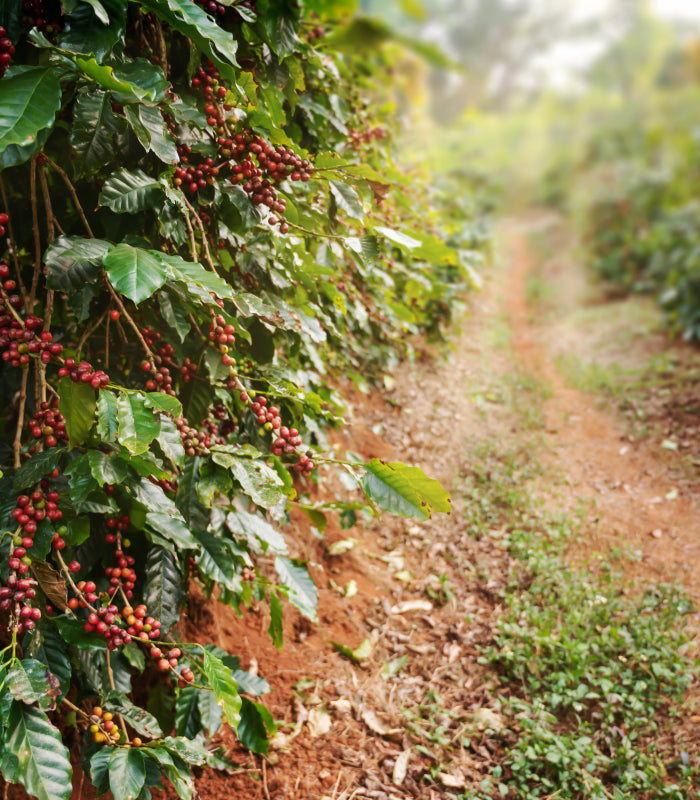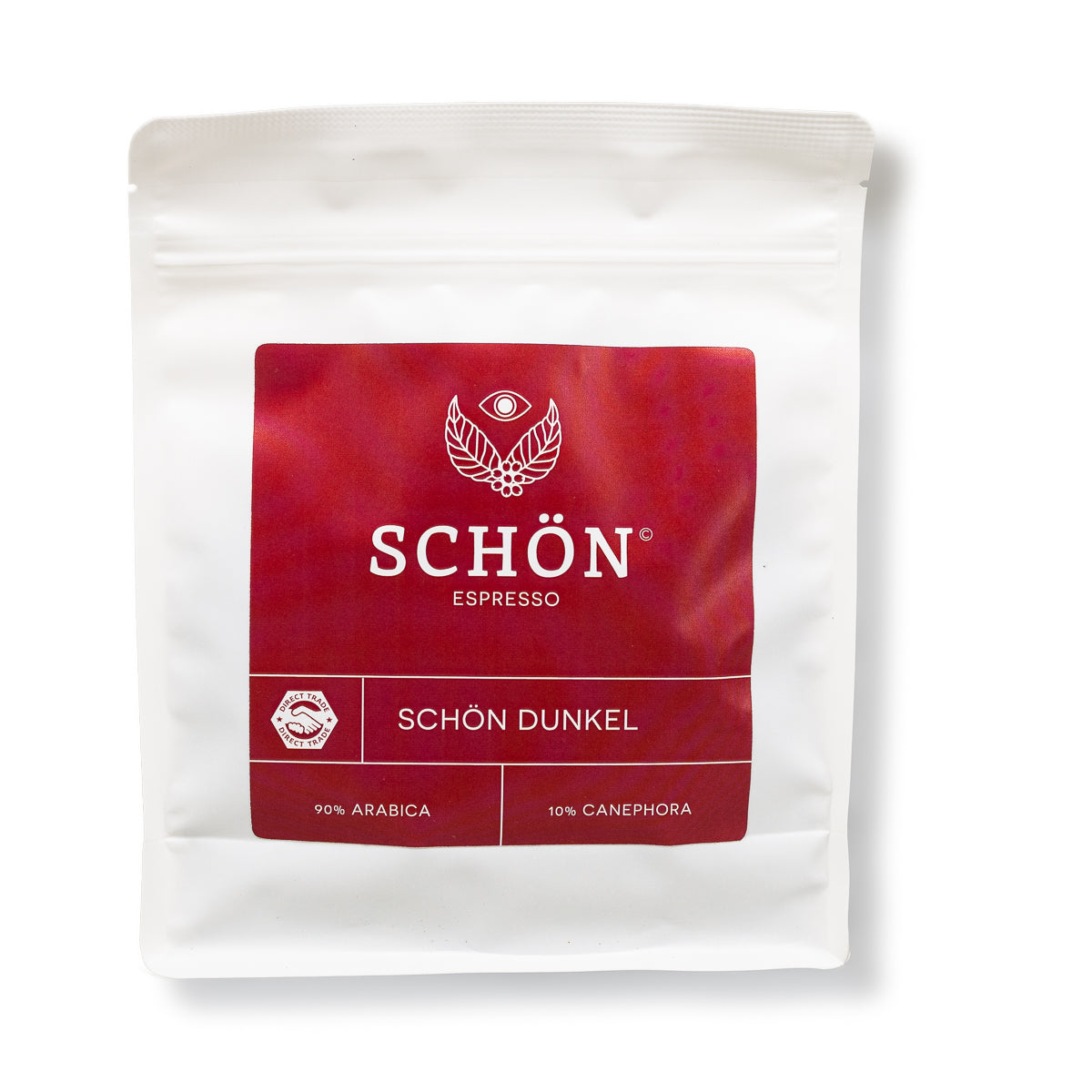Description
Description
Brew Advice
Brew Advice

easy care
Stands up to play time, craft
hour, and "Mom, I want to help."

4 way stretch
Send them to recess
without worry.

FAST DELIVERY
Trusted by parents all
over the country.
roasting
Espresso Roasting
Our espresso roasts are usually roasted darker and slower than our filter or omni roasts. However, this does not always apply to lighter variants, which tend to be roasted more slowly but not necessarily darker. This method breaks down more acids and gives the coffee a fuller body . Although the crema is not a direct quality indicator, lighter roasts are characterized by a lighter and thinner crema that contains natural bitter substances. Ideal for portafilters, stovetop coffee pots and sometimes also for fully automatic machines .
Medium roast
Our medium roast, roasted for 9 to 11 minutes , offers a balanced blend of light roasted aromas and a prominent balance of body and sweetness. This roast is suitable for medium espresso and also good for fully automatic machines .

processing
Washed Process
In the so-called washed process (or wet processing), the coffee cherries are thoroughly washed after harvest and sorted by size using various sorting channels . Larger and heavier beans are considered to be of higher quality . The pulp is removed and the beans are fermented in water tanks . After fermentation, the remaining layer of mucilage is completely washed off . The coffee beans (the kernels of the coffee cherries) are then dried in the sun on so-called African Beds . Some farms also use special greenhouses that function like greenhouses and protect the beans from the weather. The process ends with a final finishing in the dry mill, where the beans are usually graded .
Natural Process
In the natural process (also called dry processing), the coffee cherries are washed after harvesting and sorted by size . The cherries, still with the pulp, are laid out to dry on drying beds or large tarpaulins directly on the ground . Regular turning is necessary to prevent them from "rotting". When it rains and sometimes at night, the cherries must be covered to protect them from moisture. Some farms also use greenhouses here. After drying , further processing takes place in the dry mill, where grading also takes place .

Cultivation land
Coffee cultivation Brazil
Brazil is the world's largest coffee producer and is known for its wide range of coffees, from sweet and nutty to rich and chocolatey . Cultivation is mainly concentrated in the regions of Minas Gerais, São Paulo and Espírito Santo . Brazilian coffees are often staples of espresso blends , as they provide a good base with low acidity and full body .
Coffee cultivation Mexico
Mexico, especially the regions of Chiapas and Oaxaca , produces coffees that are often light and have a pleasantly mild flavor profile . Many Mexican coffees are organically grown and fairly traded , making them popular with environmentally conscious consumers . The flavors are often nutty with a subtle acidity .

Coffee specialties
Blend
A blend refers to a mixture of different types of coffee that may come from different growing regions, countries, or even different harvests . The purpose of a blend is to create a unique flavor profile that combines the individual characteristics of each variety to produce a balanced and harmonious cup of coffee. Here are some key features and benefits of coffee blends
PreBlend – Beans are blended before roasting and used as
Blend roasted.
PostBlend – our preferred variety – is roasted separately to perfection and then mixed.
For some, it is a sign of quality when a blend looks visually perfect - beans of uniform color and size. We, on the other hand, focus on taste. For us, it is more important that a darker bean works harmoniously with a lighter one than that they are visually perfect. For us, taste is more important than aesthetics.

Types of coffee
Robusta
Robusta , or also known as Canephora , a variety of the coffee plant Coffea Canephora , is known for its hardiness and is often grown at lower altitudes, between 500 and 1000 meters . This variety contains about three times as much caffeine as Arabica , which acts as a natural defense mechanism against pests, as caffeine has insecticidal properties. Robusta is often used in espresso blends , as it offers plenty of body and a rich crema. The flavors are typically bold and can include notes of chocolate, nuttiness, and sometimes even popcorn . Although Robusta has traditionally been considered lower quality than Arabica , very high quality Robusta coffees are now available. With climate change making it more difficult to grow Arabica, some see Robusta as an important future option for coffee production .
Arabica
Arabica is the most widely consumed type of coffee in the world and is generally considered to be of higher quality compared to Robusta. Arabica coffee is characterized by a delicate flavor profile that can range from fruity to chocolatey-nutty flavors . This diversity is partly due to the variety, the country where it is grown, the soil, and especially the altitude. Arabica is grown at higher altitudes, typically above 1000 meters , where the slower growing conditions encourage the development of richer and more complex flavors. However, Arabica is also more susceptible to pests and fungal diseases such as coffee rust . More recently, Arabica-Robusta hybrids have also been developed to combine the robustness of Robusta with the delicate flavor characteristics of Arabica.





